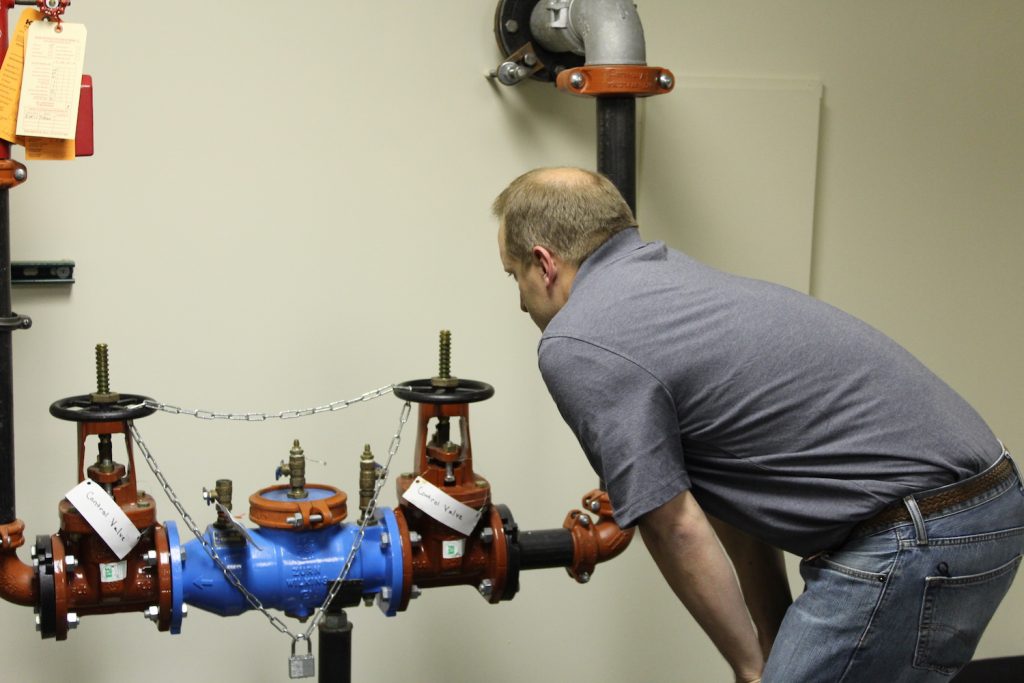Lots of casinos and even best $10 deposit online casino Australia players have water purification needs, too. Most casinos and hotels use boilers or cooling towers to treat the water. Some even have water softeners or filter systems. The company Aqua Clear provides systems for hotels and casinos in the Southwest United States. It welcomes meetings with hotel and hospitality industry professionals to discuss how to reduce operational costs. Many of the city’s casinos have been taking steps to be more environmentally friendly. Some have opted to reclaim their water supplies. MGM, for example, has water recycling rates of up to 40%. While many casinos on the Strip do not have green spaces, their efforts to reduce waste are an important step toward preserving the environment. Even the Bellagio’s fountains, which require around 20 million gallons of water, are filtered and reused. Some casinos have made a significant environmental change in recent years, converting to water purifiers in their drinking water dispensers. For example, Atlantis Casino Resort Spa recently switched to sustainable water systems, eliminating the need for single-use plastic bottles for beverages. In addition, the casino has implemented a comprehensive plastic reduction program. This change has helped the casino reduce the amount of waste it produces by significantly reducing the number of pallets of bottled water it uses.
 Backflow might occur when there is low water pressure due to a water main break, frozen pipes, or high demand in the water supply. A backflow prevention device protects potable water from contamination due to backflow. Most backflow prevention devices are in commercial properties, or before the first branch line leading off a service line. Most residential homes are not required to have backflow prevention devices unless they have an irrigation system or are certain home-based businesses. Most businesses have backflow prevention devices installed during construction of the building.
Backflow might occur when there is low water pressure due to a water main break, frozen pipes, or high demand in the water supply. A backflow prevention device protects potable water from contamination due to backflow. Most backflow prevention devices are in commercial properties, or before the first branch line leading off a service line. Most residential homes are not required to have backflow prevention devices unless they have an irrigation system or are certain home-based businesses. Most businesses have backflow prevention devices installed during construction of the building.
 A backflow prevention device is equipped with 2 check valves that are designed to work automatically in the event of backflow. A tester will inspect these valves as well as the air gap. An air gap is a physical separation between the potable and contaminated water by a vertical air space.
There are many pieces and parts of a backflow prevention device that need to be tested to ensure the device is operating properly, but the valves and the air gap are what testers primarily check on. If your device doesn’t pass the test, the technician conducting the test should work on the backflow prevention device until it does pass. If it cannot pass, then it will need to be replaced.
Once your backflow prevention device passes the inspection, it is given a tag that indicates when the test was conducted and who it was conducted by, as well as what the backflow prevention device is connected to, and other specific information about the device.
A backflow prevention device is equipped with 2 check valves that are designed to work automatically in the event of backflow. A tester will inspect these valves as well as the air gap. An air gap is a physical separation between the potable and contaminated water by a vertical air space.
There are many pieces and parts of a backflow prevention device that need to be tested to ensure the device is operating properly, but the valves and the air gap are what testers primarily check on. If your device doesn’t pass the test, the technician conducting the test should work on the backflow prevention device until it does pass. If it cannot pass, then it will need to be replaced.
Once your backflow prevention device passes the inspection, it is given a tag that indicates when the test was conducted and who it was conducted by, as well as what the backflow prevention device is connected to, and other specific information about the device.